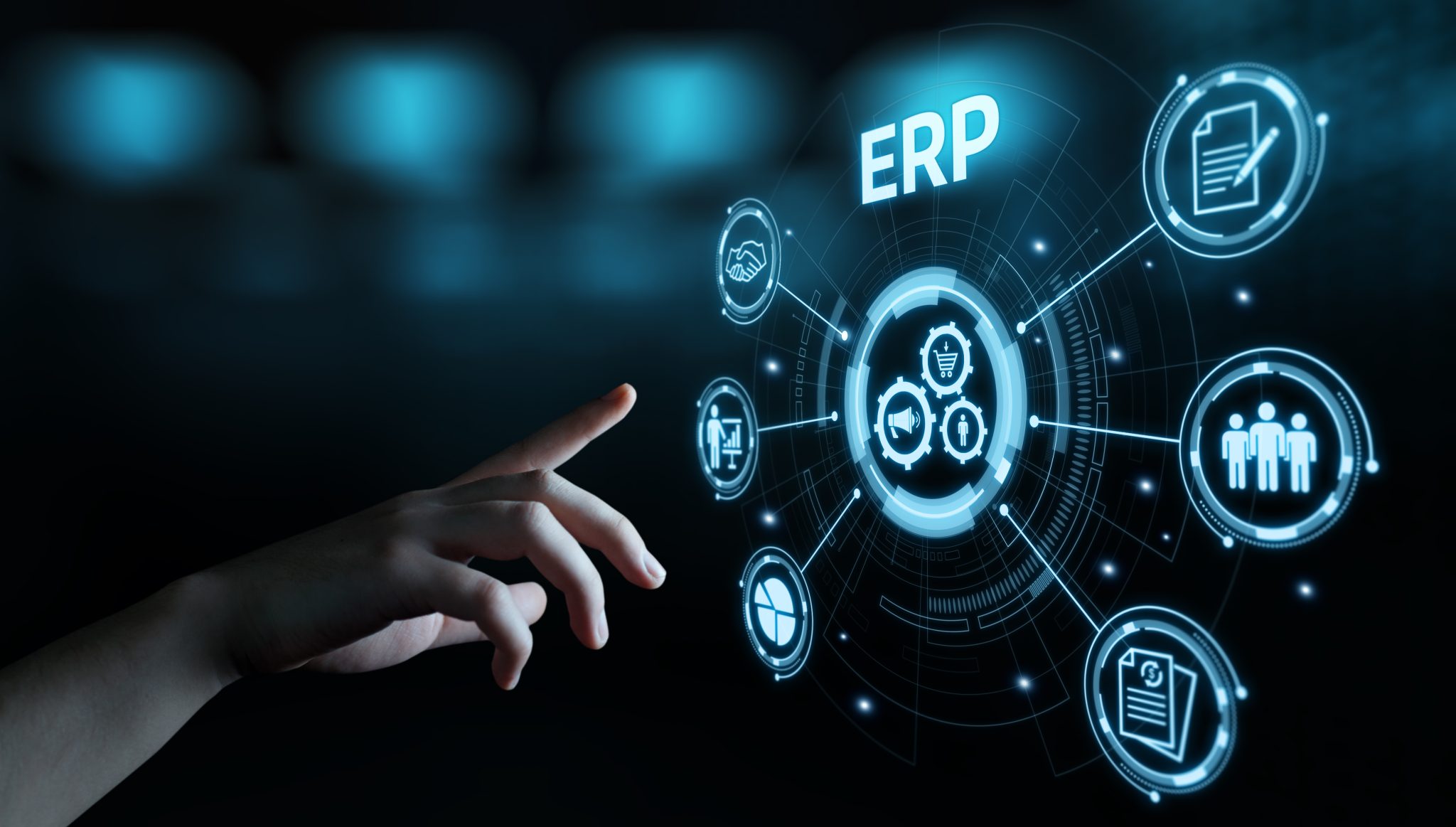Deploying an enterprise resource planning (ERP) system cannot be underestimated. To start with, you’ll need to assign time and resources to implement the technology, for training and integrating your new purchase with existing tools. Picking an unsuitable option will drag you back to square one, potentially wasting a lot of money. But with a perfect-fit ERP system, your back-office operations will be transformed. You get to grow your business by focusing on value-added activities. We recommend looking at six main areas when choosing an ERP system.
Your budget
Price is a strong factor in any decision, but it shouldn’t be the only consideration. When setting your budget, think about the long-term benefits and cost efficiencies of an ERP system. Finding one that’s ideal for your organisation will have a positive impact on your operations, cost-savings and profit. Don’t cut corners with a less well-suited system that’s within budget, sometimes it’s worth spending a bit more to find a perfect fit.
Also, there are additional costs to consider. Less suited systems will require customisation and training, so factor in potential employee downtime.
Pick a provider that you trust
You want a provider with a good position in the market that can service your organisation over the long-term. Ask for recommendations from colleagues, industry associations and other companies to find a provider that you can trust. Alternatively, you can also ask for their references and talk directly to those customers to uncover their experience with the provider and any pain points.
Consider scalability
Your ERP tool needs to last for a few years, but your business is likely to change during that time. Therefore, map out your future business plans and look at how your ERP tool will support these goals. If your company plans to expand, for example, you’ll likely need a cloud system that can be accessed wherever.
Ask what developments your provider has planned. This will give an indication of their innovation and ability to keep up with new trends. For instance, do they offer a mobile app?
Accessibility
Many employees are used to bringing personal devices to work and accessing systems on various devices. A cloud ERP system will provide the flexibility for your team to access it whenever and wherever they want. This can boost adoption, productivity and fit more seamlessly into your workflow.
Where it is hosted?
One of your most critical decisions will be whether to deploy an on-premise, cloud-based or hybrid solution. At Xledger, we’re champions of a modern cloud system, which will enable easy accessibility and scalability, with less initial outlay. In comparison, on-premise solutions will mean less flexibility for mobile integrations and requires a significant initial investment. If you choose a cloud system, you’ll avoid paying for an expensive IT infrastructure and the pain of disruptive upgrades.
Does it fit your business needs?
An ERP that doesn’t meet all your requirements is not going to fulfil its potential. When choosing your ERP system, begin by defining the scope of your project. What processes do you want the ERP to help with? What existing technology will it have to work with? This will narrow down your choices to ERPs that align with your business needs.
Saving resources in the long term
By looking at these six areas, you can find an ERP system that can service your business now and in the future. It will save a lot of time and resources over the long run, helping you avoid expensive customisations or redundant solutions. Doing your groundwork now will set your ERP – and your organisation – up for success.
To get in touch with Xledger
If you’re interested in migrating your finance function, book a demo or contact Ovi Stici today: email – ovi.stici@xledger.co.uk or call on +44 (0)7486 946 029.



